P.N.A.L.M. - Part I
2017
The National Park of Abruzzo, Lazio and Molise is a national park including for the most part (about 3/4) in the province of L'Aquila in Abruzzo and for the remainder in that of Frosinone in Lazio and in that of Isernia in Molise. It was inaugurated on 9 September 1922 in Pescasseroli, the current headquarters and central management of the park, while the body of the same name had already been established on 25 November 1921 with a provisional directorate. Its establishment took place officially with the Royal decree-law of 11 January 1923.
You may also like
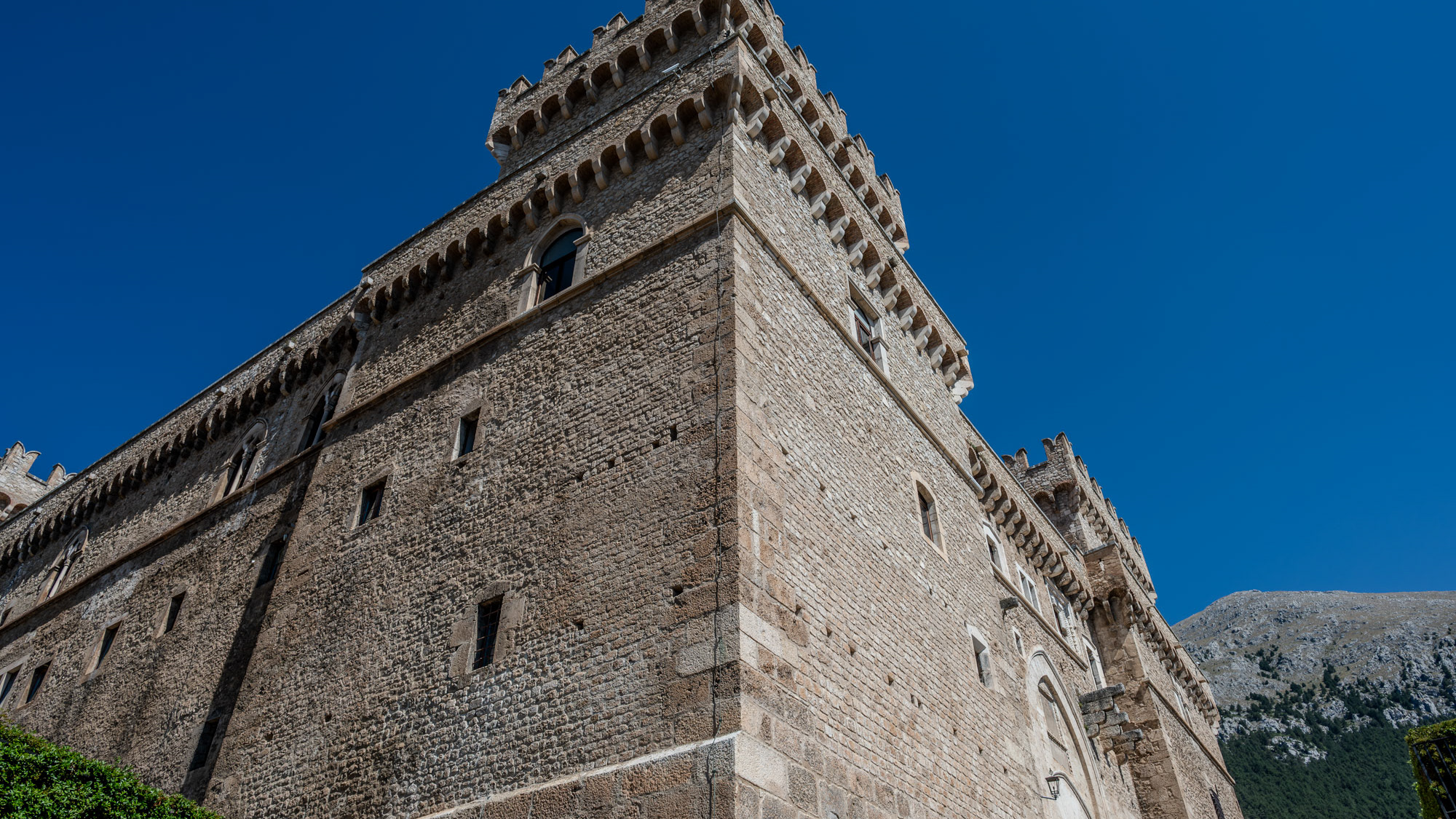
2024
Celano. The Piccolomini Castle
The Piccolomini Castle of Celano overlooks the Fucino plain, once occupied by the third largest lake in Italy, majestically and imposingly.
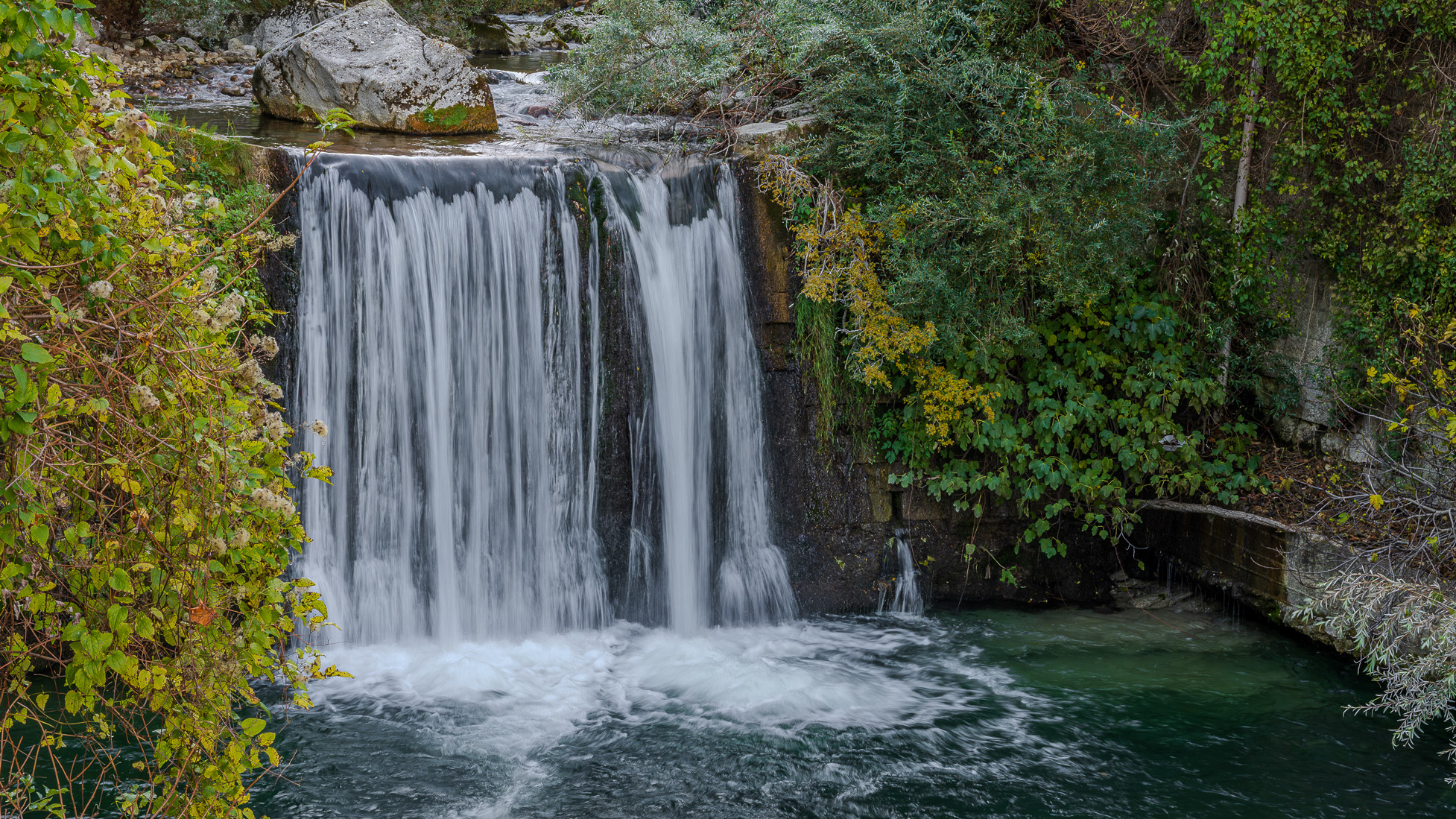
2023
Palena. The waterfalls of the Aventine river
The Aventine is a 45 km long river in Abruzzo, born from the sources of Capo di Fiume, located within the municipality of Palena, located at 863 m above sea level, downstream of the Cotaio stream.

2025
Crecchio. Parish Church of the Most Holy Savior
The church has a beautiful baroque brick-clad facade, with a portal surmounted by a broken tympanum and a rectangular window above, and is crowned by a circular tympanum with an oculus.
2021
Borrello
Borrello (Burièlle in Abruzzo) is an Italian town of 326 inhabitants in the province of Chieti in Abruzzo. It is part of the mountain community of Medio Sangro. The municipality of Borrello, as also handed down by Benedetto Croce, was a fief of the Borrello family: the Abruzzo philosopher claims to have found a document from the year 1000 that would suggest a certain dominion of this family already at the end of the 18th century. In fact, the news is also confirmed by the most ancient historical sources, consulted and collected in the eighteenth century by Anton Ludovico Antinori for the drafting of his Annali degli Abruzzi, in which the progenitor of the dynasty, a certain Borrello from whom the Castle then took its name and he perpetuated it over the centuries, he would have been a Frankish leader descended from the Counts of the Marsi. Croce, on the other hand, states that the family descends from some exponent of the Borel family of French origin. At the beginning of the 20th century, many of the country's inhabitants emigrated to the United States and northern Europe. After the bombing of the Second World War the city was completely rebuilt.
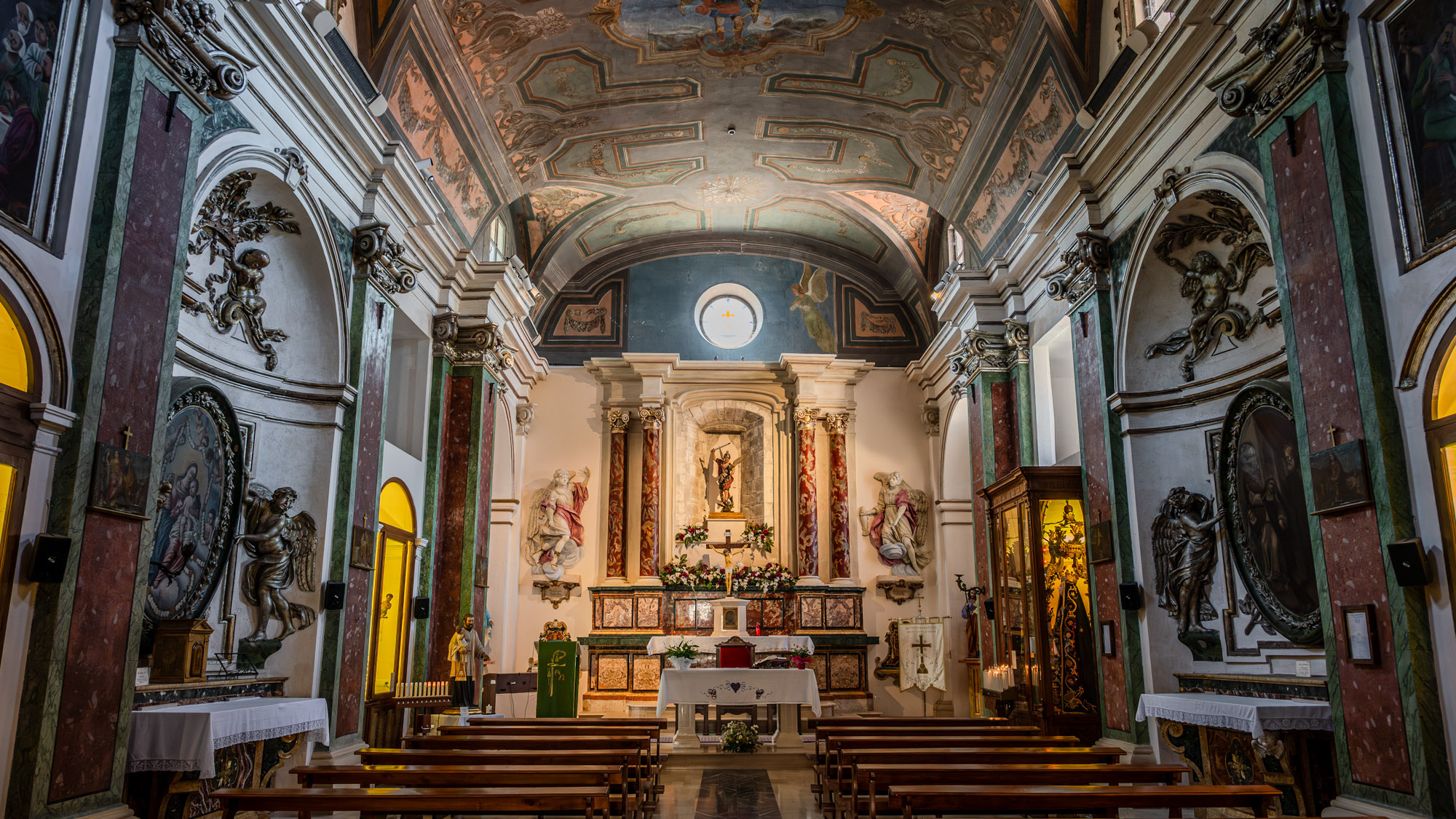
2024
Celano. Church of San Michele Arcangelo
The construction of the Church of San Michele Arcangelo dates back to the 14th century. At the end of the 14th century the Counts of Celano donated it to the congregation of the Celestine monks

2023
Palena, Church of San Falco and Sant'Antonino
Parish church of the town, it was built in the 12th century, after the earthquake of 1706, it was built again, however maintaining the 14th century bell tower
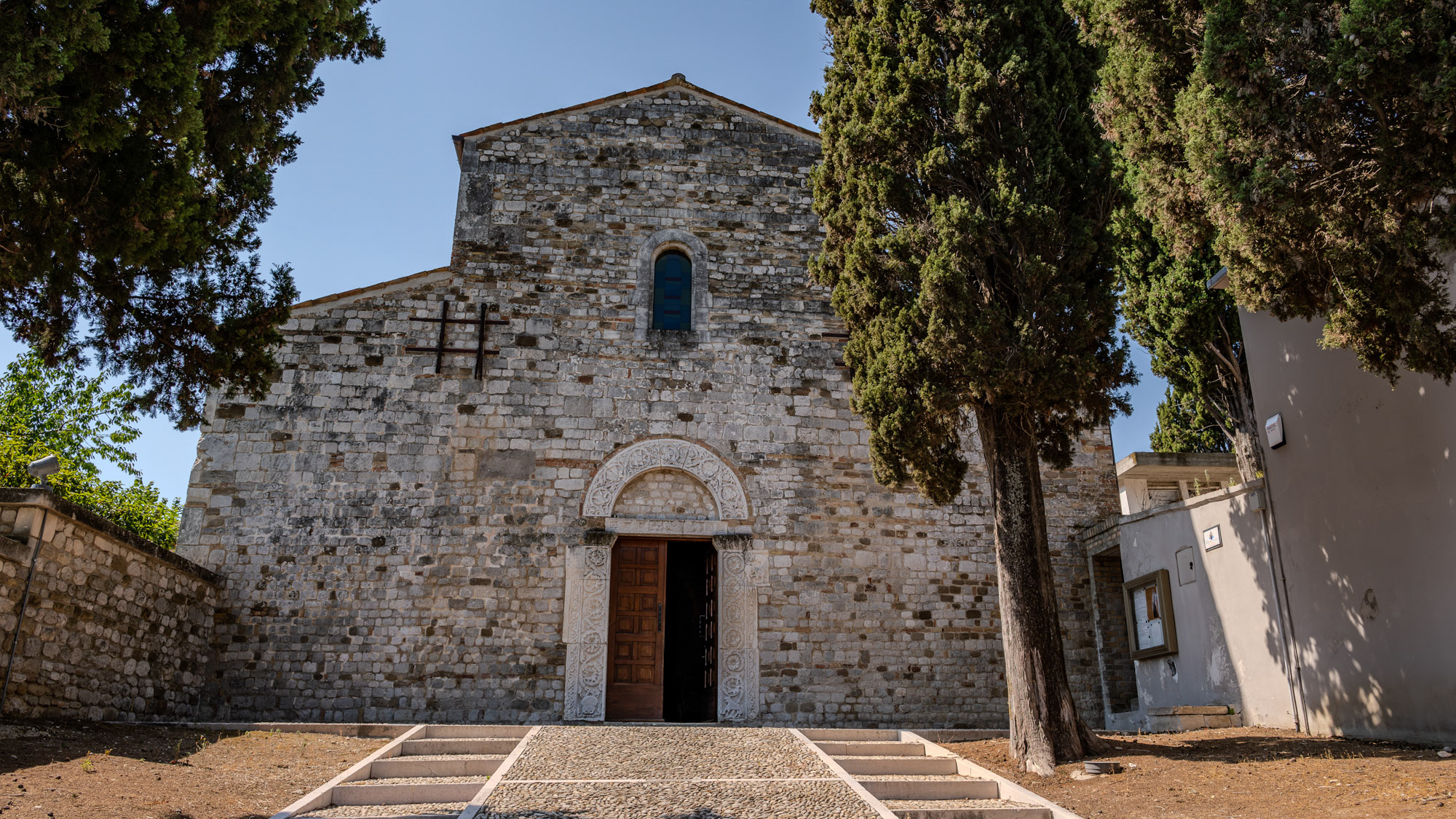
2024
Guardia V. di Notaresco. Abbey of S. Clemente al Vomano
The Abbey of San Clemente al Vomano is a Catholic place of worship in Abruzzo that stands on the top of a small hill, not far from Guardia Vomano di Notaresco, in the province of Teramo.
2023
Spectacular autumnal landscapes. Foliage
Abruzzo is an Italian region located east of Rome, between the Adriatic and the Apennines. The hinterland is mostly made up of national parks and nature reserves. The region also includes medieval and Renaissance villages perched on the hills. The regional capital, L'Aquila, is a city surrounded by walls, damaged by the earthquake of 2009. The Costa dei Trabocchi, with its sandy coves, takes its name from the traditional fishing jetties.
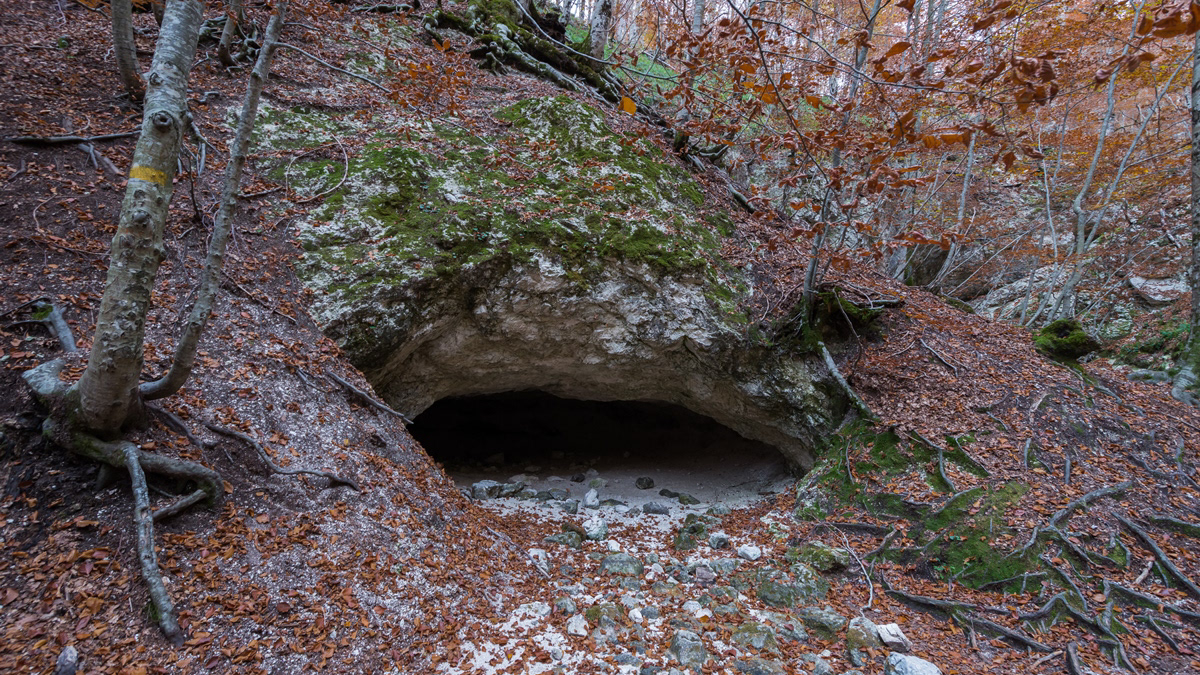
2017
P.N.A.L.M. - Part II
The National Park of Abruzzo, Lazio and Molise is a national park including for the most part (about 3/4) in the province of L'Aquila in Abruzzo and for the remainder in that of Frosinone in Lazio and in that of Isernia in Molise. It was inaugurated on 9 September 1922 in Pescasseroli, the current headquarters and central management of the park, while the body of the same name had already been established on 25 November 1921 with a provisional directorate. Its establishment took place officially with the Royal decree-law of 11 January 1923.
2022
Civitella del Tronto. The Church of S. M. degli Angeli
Wedged between the alleys of the village, the Church of Santa Maria degli Angeli in Civitella del Tronto is, according to some historical sources, the oldest church in the town.
